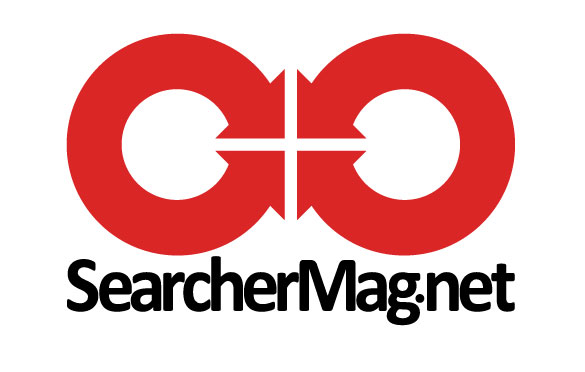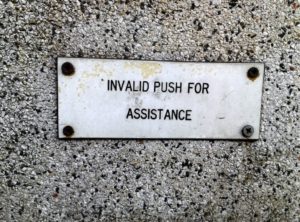AdWords online advertising strategies sell products and services through direct online sales, but what about the users who leave a website without making a purchase? Gathering data on those potential customers and specifically targeting them is a critical way to drive offline sales. There are many channels for offline conversion, including phone calls and in-person sales. Learn how to use AdWords to convert Offline Sales to refine your sales funnel and maximize your advertising dollars.
How AdWords Tracks Offline Conversion
AdWords tracks each person who is driven to your website by clicking on an AdWords ad. To accomplish this, the system assigns a unique identification number, or a “GCLID”. AdWords stores that unique ID in a database, along with any other information entered into a contact form. The data can be used for sales team members to follow up with offline marketing. ![]()
Who Uses Offline Conversion?
Businesses who rely on lead generation to make sales can use offline conversion. But the ones who can particularly benefit from it are those who offer products and services with longer sales cycles. How customer data is stored and managed is also important to consider. Businesses that already have implemented customer relationship management (CRM) technology will be able to easily integrate offline conversion into their sales cycle.
Modifying AdWords Campaigns Based on Offline Conversions
Customer feedback is critical for any business, and armed with data in hand, you can really improve your ROI for your AdWords campaigns. The AdWords tracking database allows you to record the unique ID, along with other information such as date and time of sale, keywords, customer demographic, geographic location and time of day. As your marketing team follows up with those leads offline, the outcome of each converted offline sale is uploaded back into the AdWords campaign to improve your results. You may find interesting trends, such as customer age and keywords that link to particular types of offline sales, such as phone sales.
Tracking Offline Conversions
First, decide what kinds of offline conversion are useful for you to track. This could be dependent on the type, size and staffing of your business. There is no limit to the number of offline conversions you can measure. Here are some examples:
- Sale made by phone
- Sale made by fax
- Sale made in store
Once you have selected one or more offline conversions to track, update the code on your website to ensure you track the GCLID associated with the online lead that produced the offline sale. For a more comprehensive approach, update all relevant webpage templates to ensure you can track future conversions without adding code to individual pages.
Optimizing Your AdWords Campaign
Anyone can set up an AdWords campaign and cast a wide net based on certain keywords or customer demographics. But knowing what factor or combination of factors led to an eventual sale can help you optimize your AdWords budget. You’ll be able to optimize your bid strategy and cost-per-click based on actual sales performance. For example, you can:
- Show certain types of ads to reach certain demographics
- Target ads to show at certain times of day
- Show certain ads only in certain geographic locations
Tracking conversion can also help you identify the exact keywords that are driving sales. You can adjust your advertising budget to increase spending on particular keywords — and you can monitor and adjust for the trends over time. Want to learn even more? Check out the Google Support site to learn more about search funnels and how to read conversion reports.



